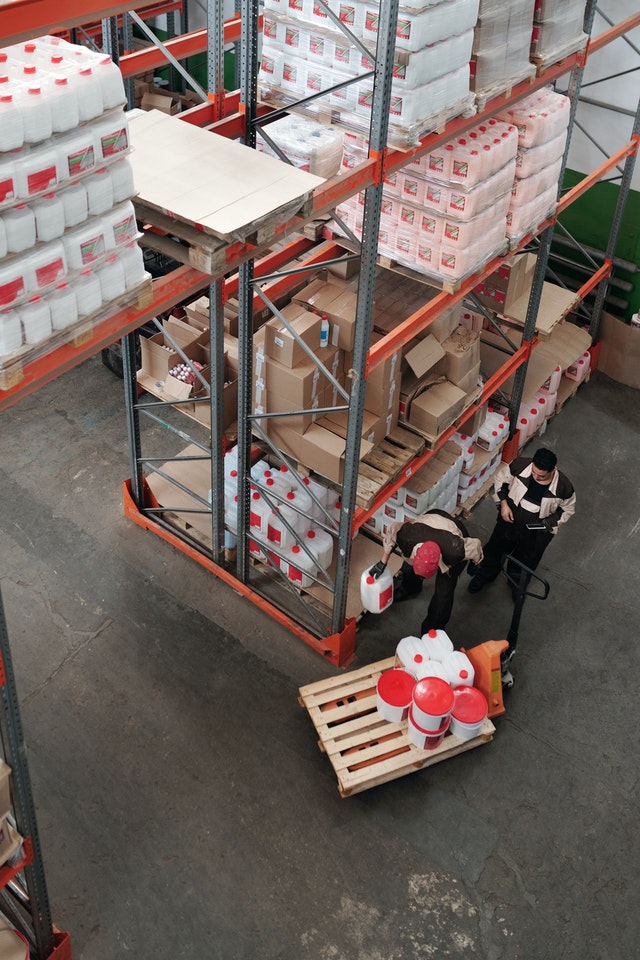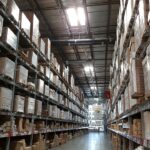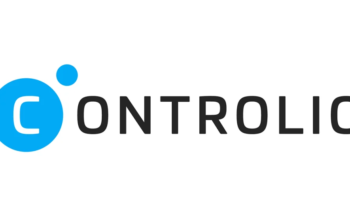The ability to monitor activities in a facility, such as forklift drivers’ activity in a warehouse, is essential for a business. It helps improve safety and efficiency. One of the most exciting developments in technology in recent years has been the rise of RTLS (Real-Time Location System). The RTLS system uses wireless technology to track and pinpoint the location of almost any object or person in real-time, real-time. It does so without requiring any network connection. To help you better understand how this revolutionary new technology works, here are eight stages showing how RTLS operates in its entirety. Let’s get started!
Explaining What RTLS Is
You may ask, what is RTLS? A real-time location system (RTLS) is a system that determines and communicates an object’s geographical position, velocity, and other data in real-time. The RFID tags typically send information as frequently as once per second over a wireless network. Some of today’s most popular uses for an RTLS include using them for workforce management solutions at large organizations like airports, hospitals, and warehouses.
1. Tagging of Target Objects
To use a Real-time location system, you must first tag your target objects. For example, if you are tracking vehicles or assets, you’ll need to affix radio frequency identification (RFID) chips onto each item and then encode them with your contact information. Tags can be as small as a grain of rice or many times more prominent. The size is dependent on what you’re trying to track.
For example, if you are tracking boxes in transit from one facility to another, you may opt for more petite tags that you can attach directly to an asset. If you want to track packages in transit between multiple facilities across various cities, however, larger tags will be necessary so that numerous receivers can pick them up at once. Each tagged object has a unique ID number that the RFID reader can read and helps identify each object. You get a complete RFID system when you combine all these elements.
2. The RTLS Sensor Sends Out a Signal to the Receiver Regularly
The RTLS system periodically scans its environment and provides accurate real-time location information for assets in indoor environments. RTLS sensors on a ceiling or wall send out a signal that tags attached to assets receive. A tag is an asset tracker with an integrated antenna and battery. However, an active RTLS tag can receive power directly from a machinery battery.

Tags are attached to objects that need tracking, such as warehouse forklifts, medical supplies, lab equipment, tools, etc. RFID tags transmit their unique ID code back to a receiver every time they receive a signal from an antenna. The tags can send out information as frequently as once per second over a wireless network. An RTLS receiver receives signals from tags and determines which one transmitted the signal based on its unique ID code.
3. The RTLS Receiver Captures Signal from Tags
A wireless transmitter inside each tag transmits a unique, secure code. When one of these tags is within range of an RTLS receiver, it captures that unique code and stores it in its memory. Itholds the exact position of the RFID tag. The process happens instantaneously and automatically as soon as an RFID tag comes into the range of an RTLS receiver.
The receivers receive information such as distance, velocity, and other information about the area of operation from each tag. The receiver then transmits data wirelessly to one or more wireless access points (WAPs) within its range for computations.
4. A Central Computer System Does Computations
A central computer system part of the RTLS system receives data through a wireless access point and performs necessary computations. The system aggregates, analyze, and monitors in real-time all the information. The computer system then sends back the outcome to all other participating devices. All devices receive updated information about each tracked object’s location, speed, and necessary details.
The system can determine distance using triangulation, which involves measuring how long it takes for a signal to reach three different points. Triangulation works because radio waves travel at different speeds depending on how far they have traveled from their source. A received signal strength indicator (RSSI) is another way of determining distances between transmitters and receivers.
The RSSI technique uses two antennas close to each other, with one sending a constant signal while the other measures its strength. Comparing these two readings helpscalculate how far away an object is depending on how much its RSSI has changed over time.
5. Computer System Displays The Output Information on an Electronic Map
A computer system collects data receivers and uses that information to make calculations and draw an electronic map of a specific area. An operator uses a trackball or mouse button to manipulate a point on that map. The computer system updates its display in real-time, depending on where the operator points their mouse in space.

The user interface allows an RTLS system to give operators precise information about what’s happening at each point in time in a friendly manner, even when that point is many miles away. That ability to collect data quickly makes RTLS ideal for extensive facilities like airports and warehouses. Still, it also means you can monitor things like heavy equipment from a remote location without sending anyone out into potentially dangerous situations.
Conclusion
A real-time location system has become an essential tool in warehouses and other facilities in helping individuals and organizations locate, monitor their assets, and achieve their goals. And because the RTLS system can transmit high volumes of information using low amounts of power, they don’t require expensive infrastructure changes or a massive overhaul in your existing IT department. Instead, you can start small with just a few RFID tags, receivers, and other RTLS devices and expand as necessary. For more information on how RTLS works and what it can do for your organization, contact a reliable indoor RTLS systems expert.
Related Posts











